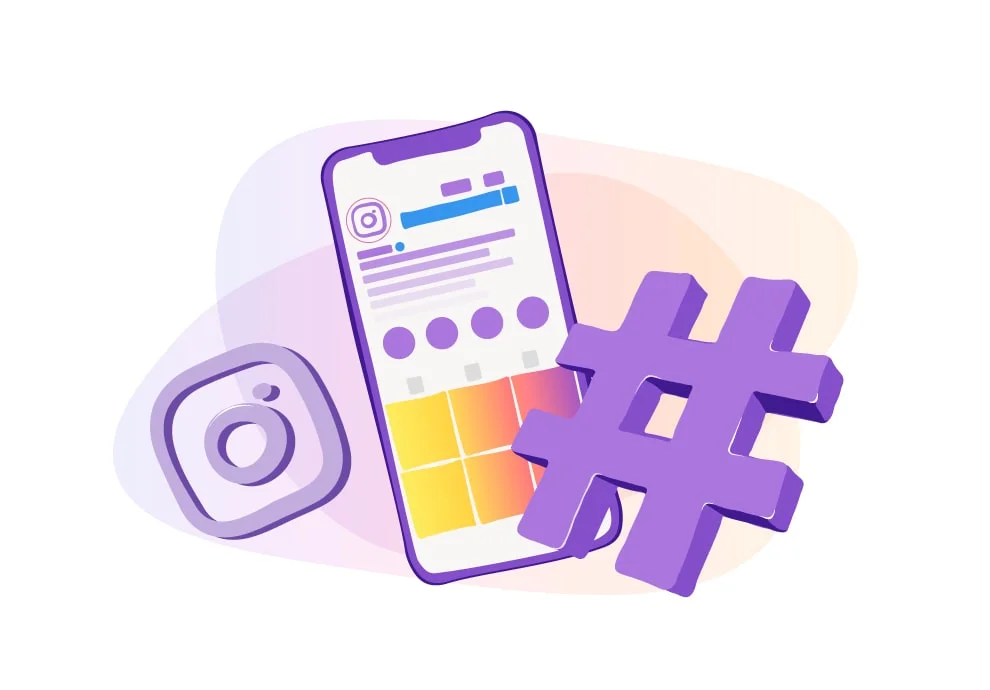On Instagram, tags are one of the free methods to promote your posts. Today, it is believed that tags aren’t effective anymore: followers don’t click on them as often as they used to. Despite this belief, tags still work and can help you attract free traffic. You just need to know how to use them correctly.
Types of tags
Instagram hashtags can be divided into three groups by their frequency of use. Frequency determines how popular a hashtag is: the more posts with the hashtag, the higher the hashtag’s frequency and popularity.
- High-frequency hashtags are used all the time: starting from 100 thousand posts and more. For example, #love, #work, #family, #delivery are high-frequent hashtags. If you use high-frequency hashtags, your post might get easily lost in the information flow. This way, you won’t get expected responses.
- Medium-frequency hashtags can be found in 50 thousand posts and up to 100 thousand posts. Such hashtags are more specific than high-frequency ones. For example, #fooddeliverynyc is a medium-frequency hashtag. You can find around 95 thousand posts with it. This hashtag is worded more specifically: you can see what is being delivered (food) and the geographical location (New York).
- Low-frequency hashtags are used for less than 50 thousand posts. Quite often, low-frequency hashtags have a “long tail”; instead of having a geotag of the whole city, they indicate a neighbourhood or a city district. For example, #fooddeliverybrooklyn is a low-frequency hashtag. It is only used for 1000 posts on Instagram. Such hashtags attract the most specific requests, making it easier for clients to find you among the myriad of Instagram posts.
In addition to the above-mentioned categories, hashtags can also be divided into:
- commercial;
- general (all the rest).
Commercial hashtags facilitate business development by selling products and services. General hashtags don’t have such an aim; these are location hashtags or personal hashtags used for private purposes.
How to choose low-frequency hashtags
For business accounts, low-frequency hashtags are recommended. Thanks to them, your post won’t get lost among countless high-frequency hashtags. Besides, it will be easier for users to find your proposal because your hashtag already has a specific request for a particular service. Let’s give an example. Say you are looking for a job in Italy. First, type #work on the Explore Page:
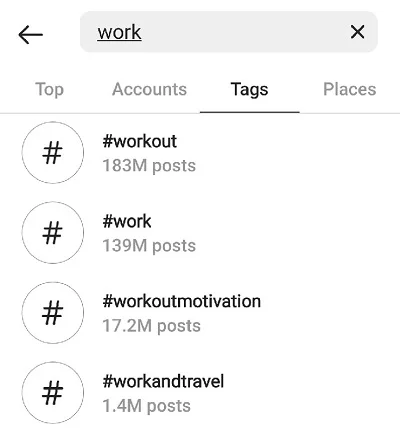
#work is a high-frequency hashtag with more than 139 million posts. Consequently, to find a job in Italy, we would have to look through a lot of content.
Let’s narrow our search by typing - #workinitaly.
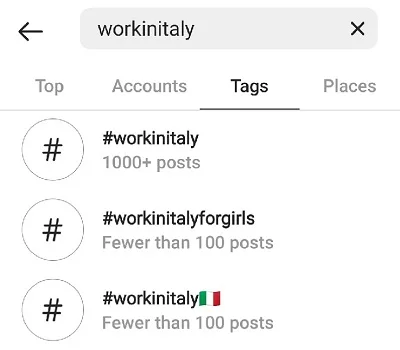
#workinitaly is a low-frequency hashtag. We can see that there are a bit more than 1 thousand posts. But we can make our search request even more specific and type #workinitalyforgirls.
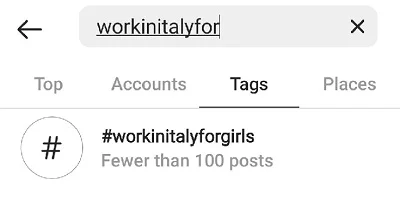
As you can see, there are fewer than 100 posts that can be easily viewed without wasting much time. That is what we call an ideal low-frequency hashtag.
You can do a hashtag search on Instagram to find the best low-frequency ones for your posts, helping you attract new followers and potential clients for your business.
Tips on how to use hashtags
- Use different hashtags for different posts. Frequent use of the same and only list of hashtags can be classified by Instagram as spam, leading to a “shadow ban” of your account. A low-frequency hashtag #fooddeliveryqueens won’t work if you aren’t talking about delivering food in Queens in the post. However, if you look for a delivery service in Brooklyn, you need to use another low-frequency hashtag — #fooddeliverymytishi. Indeed, this is meticulous work. Still, with the help of Onlypult.com, you can create hashtag lists for different posts (informational, entertaining, educational – depending on the specifics of your blog and business). All your hashtags are saved; when making a new post, just click once to add the required hashtags.
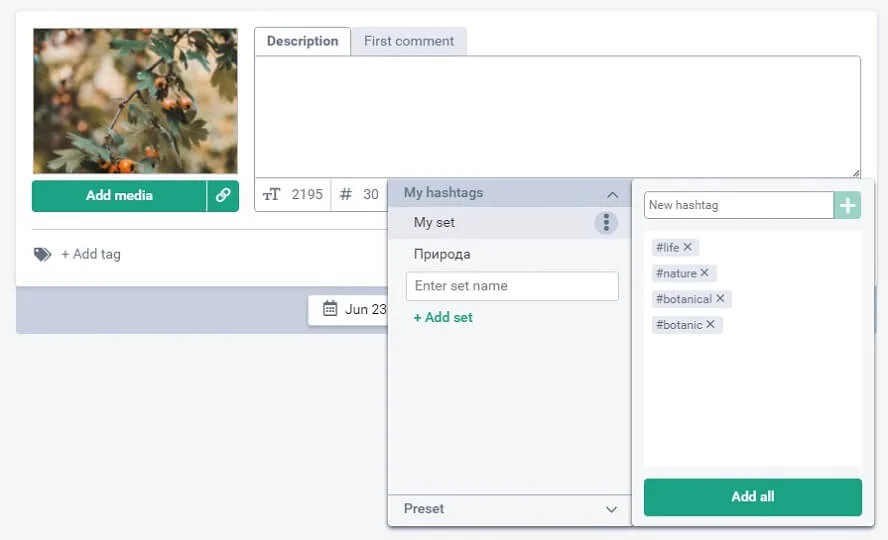
- Choose your hashtags carefully. Before adding any hashtags, think: what goals is your post trying to reach? Who do you want to target with your post? Is it going to be a post that sells or an entertaining post? Do you express your point of view or share personal information in the post? Analyze the answers to these questions and add hashtags based on them.
- Add hashtags to the first comment. Remember that Instagram has a limit to the number of hashtags in one post – not more than 30. If you want to make your post visually appealing and hide hashtags from the main post, use the first comment. Another benefit is that people are more likely to leave impressions on the post that already has comments.
- Use hashtags in Stories. Your hashtags in Stories will make it easier and more convenient for users to find posts devoted to certain topics.
To add a hashtag to Stories, follow these steps:
- Add a photo or a video to Stories;
- Choose a Sticker icon (with a smiley face) in the top left corner of the screen;
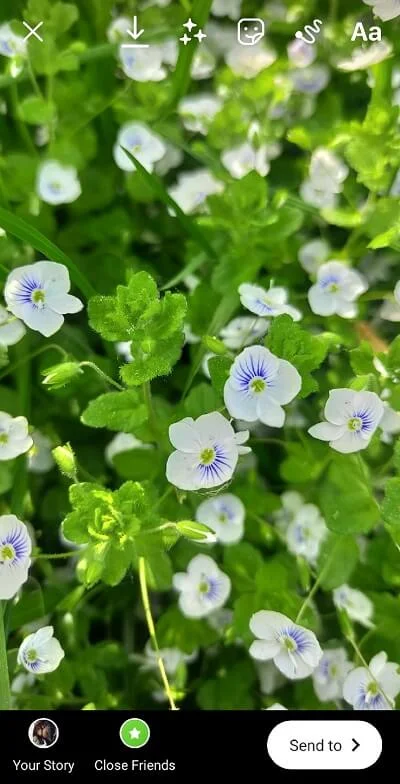
- Click on the #hashtag icon;
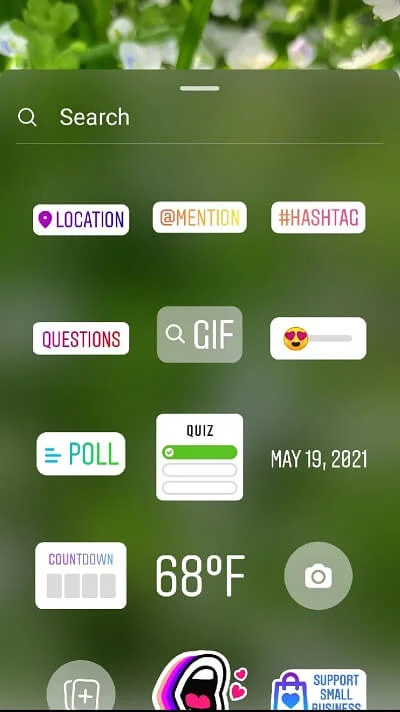
- Add your hashtag to the input field. Instagram will suggest similar hashtags at the bottom of the screen. By using them, you can attract many new followers and guarantee that your Stories will be viewed by a lot of users;
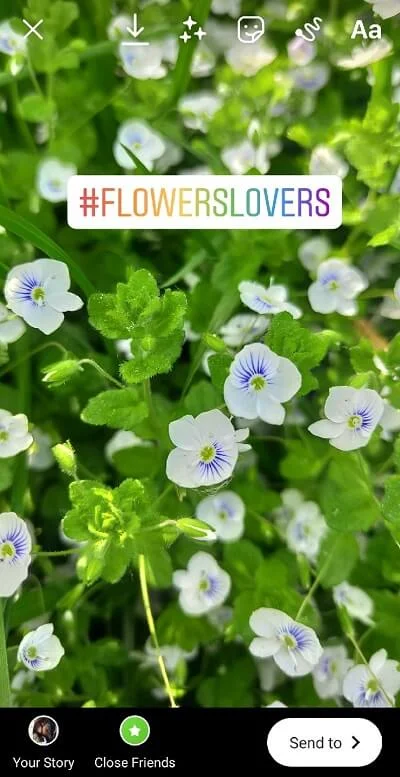
- Post your Story.
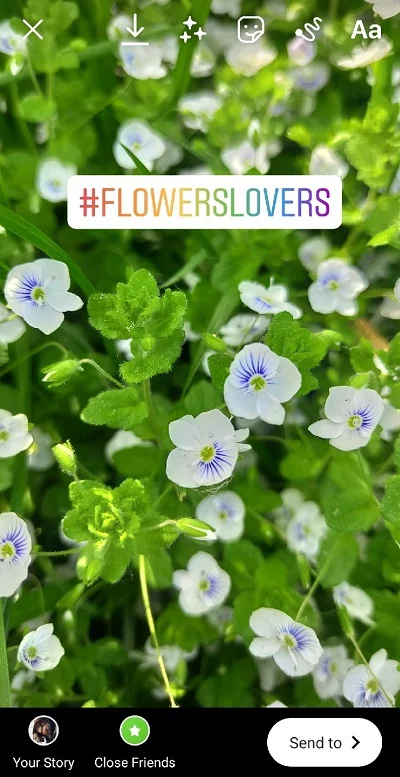
Despite pessimistic claims that hashtags don’t work anymore, they still represent a rare free promotion tool on Instagram. You just need to know how to work with them, choose the right low-frequency hashtags for your account, and create hashtag lists for different types of posts in your blog. Don’t be lazy to add new hashtags to new posts. Keep trying and experimenting, and it will bring good results.
